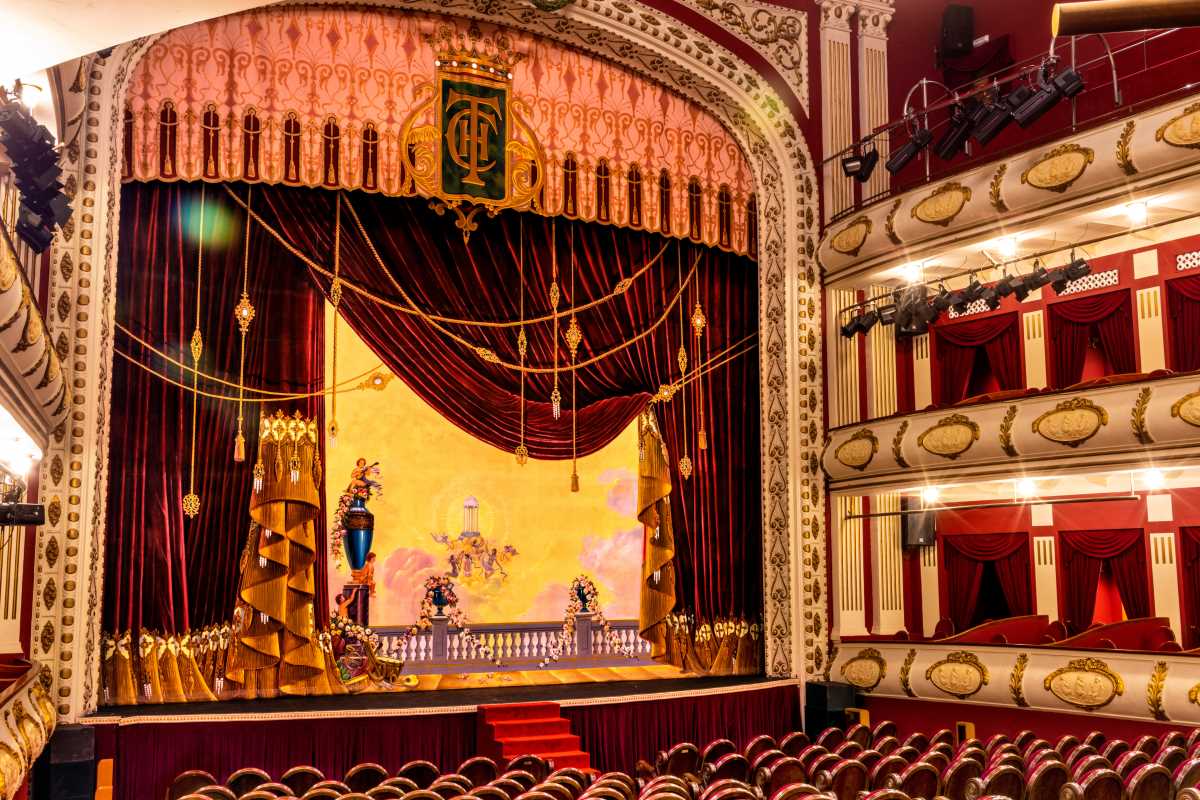Interactive theater is changing the way we experience stories. Unlike traditional theater, where you quietly watch from the audience, interactive theater places you right in the middle of the action. You become part of the story, interacting with actors, exploring elaborate sets, and sometimes even shaping how events unfold. This bold, immersive approach creates a connection that feels thrilling and personal. With its rise in popularity, productions like Sleep No More and The Great Gatsby are drawing audiences eager for something fresh and unforgettable. Interactive theater isn’t just a performance—it’s an adventure that transforms storytelling into a dynamic, shared experience.
What Is Interactive Theater?
At its core, interactive theater is all about participation. Instead of sitting quietly in rows of chairs, audiences can often wander through the performance space, interact with actors, or even make choices that shape the direction of the story. This type of theater breaks the “fourth wall,” the invisible barrier between performers and the audience in conventional productions, to create an immersive, collaborative experience where the viewer becomes part of the world unfolding around them.
While many performances still have a script or predefined direction, interactive theater often allows room for improvisation. This flexibility, combined with the unpredictable nature of audience involvement, means that no two shows feel exactly the same.
What Makes Interactive Theater Special?
The appeal of interactive theater lies in its ability to make audiences feel fully immersed in its world. By stepping into the story as an active participant instead of a distant observer, you feel the thrill of being "in the action." This sense of involvement gives the experience a level of intensity and emotional connection that’s hard to replicate in a traditional setting.
For instance, in a show like Sleep No More—a critically acclaimed immersive adaptation of Shakespeare’s Macbeth—audiences don masks and roam freely through a multi-story, elaborately designed set. Each room contains astonishing details, from carefully selected props to haunting atmospheres, encouraging participants to explore at their own pace and follow different characters as they uncover the story. The result? Every audience member has a unique experience shaped by their choices.
By involving the audience, interactive theater also heightens the emotional stakes. Whether you’re solving puzzles in a murder mystery, dancing with a character at a masquerade ball, or being handed a private letter that deepens the plot, these carefully curated experiences make you feel deeply connected to the story.
A Rising Trend
Interactive theater has surged in popularity in recent years, appealing to audiences who crave something more dynamic than sitting in a darkened theater. Productions like Then She Fell weave audiences into the dreamlike narrative of Lewis Carroll’s Alice in Wonderland by guiding small groups through an intimate series of surreal, interactive encounters with the characters.
Similarly, The Great Gatsby allows audience members to step into the glamorous Roaring Twenties, complete with decadent parties and secret meetings with characters like Jay Gatsby and Daisy Buchanan.
Even escape rooms, while not technically theater, borrow heavily from the interactive storytelling model. Many incorporate actors and plots, giving participants tasks to complete and stories to unravel as part of the experience.
The Role of Technology
Technology has opened exciting doors for interactive theater, expanding what’s possible in the realm of live performance. Virtual reality (VR) and augmented reality (AR) are now being used to create hybrid experiences that blend the physical and digital worlds.
For example, VR can drop participants into fully realized, fantastical locations where computer-generated environments and characters interact in real time. These experiences immerse you so completely that your surroundings feel as if they’ve been pulled directly from the creators' imagination.
AR, on the other hand, enhances real-world environments by overlaying digital elements. Imagine walking through a theater set, where hidden scenes or mysterious characters appear through your smartphone screen. Productions like The Under Presents allow participants to move through digital spaces with real actors performing alongside pre-programmed content, creating a seamless mixture of live interaction and digital storytelling.
Even for audiences far from major cities with established interactive theater companies, technology is making it easier to experience these innovations. Streaming platforms now host interactive performances where viewers can vote in real time to influence the story, blending elements of video gaming and live theater.
The Future of Interactive Theater
The allure of interactive theater shows no signs of slowing down. As audiences crave more personalized and engaging experiences, creators are continuously finding fresh ways to innovate. Whether it’s by incorporating cutting-edge technology, directly involving audiences in critical plot decisions, or crafting new worlds where reality blurs with fiction, interactive theater is pushing the boundaries of what live performance can be.
By breaking the rules of traditional theater and inviting audiences to participate, it doesn’t just tell a story—it allows you to help shape it. And in a world where people long to be more connected, more immersed, and more involved, interactive theater offers something truly magical. If you’ve never stepped into one of these experiences, you might find yourself hooked the moment you do.







